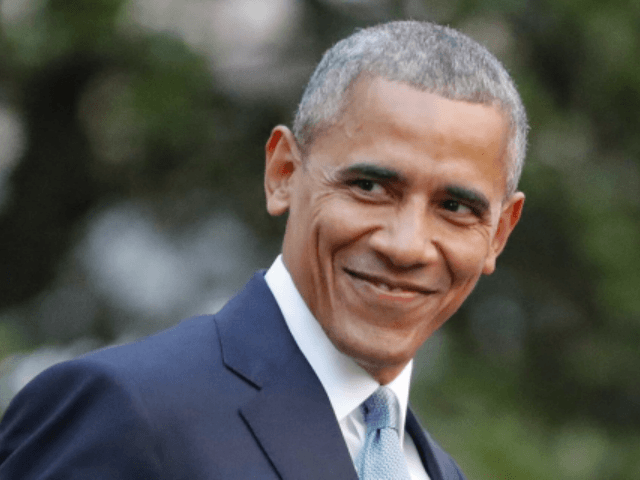The $4.7 billion spent on America’s stabilization efforts in Afghanistan, mainly under former U.S. President Barack Obama’s watch, has “exacerbated” the war by fueling corruption and bolstering support for Taliban jihadists, a watchdog agency found.
According to the U.S Inspector General for Afghanistan Reconstruction (SIGAR), Obama “ensured” the failure of the stabilization efforts in Afghanistan by fostering a time-based approach to the scale and scope of American military operations in Afghanistan.
SIGAR noted in a report unveiled Thursday:
During the 2009 Afghanistan strategy reviews, President Obama and his civilian and military advisors set in motion a series of events that fostered unrealistic expectations of what could be achieved. They also ensured the U.S. government’s stabilization strategy would not succeed, first with the rapid surge and then the rapid transition.
One of the most significant changes to the Afghanistan war strategy made by U.S. President Donald Trump is changing the approach to military operations from time-based to conditions-based.
SIGAR found that the U.S. taxpayer funds disbursed for the failed stabilization strategy have ultimately driven Afghans without access to them into the arms of the Taliban, noting:
Powerbrokers and predatory government officials with access to [U.S. taxpayer funded] coalition projects became kings with patronage to sell, fueling conflicts between and among communities.
In turn, Afghans who were marginalized in this competition for access and resources found natural allies in the Taliban, who used that support to divide and conquer communities the coalition was keen to win over.
Although the ongoing war in Afghanistan started under the George W. Bush administration in October 2001, Obama ramped up U.S. military activities and spending.
At least until now, Obama appears to own the Afghanistan war. More money was spent on the conflict and more American troops — about 75 percent —paid the ultimate price under Obama than his predecessor.
Obama withdrew most American forces and declared the U.S. combat mission over at the end of 2014, amid some of the deadliest and bloodiest security conditions of the war, leaving behind chaos for U.S. President Donald Trump to inherit.
Overall, America’s stabilization activities in Afghanistan have mostly “failed,” SIGAR found, noting:
Between 2001 and 2017, U.S. government efforts to stabilize insecure and contested areas in Afghanistan mostly failed. The U.S. government overestimated its ability to build and reform government institutions in Afghanistan as part of the stabilization strategy.
The blame for the failure appears to mainly fall on the Obama administration, the watchdog argues, at least until now.
SIGAR reports:
Under immense pressure to quickly stabilize insecure districts [after 2009], U.S. government agencies spent far too much money, far too quickly, in a country woefully unprepared to absorb it. Money spent was often the metric of success. As a result, programming sometimes exacerbated conflicts, enabled corruption, and bolstered support for insurgents.
Overall, John Sopko, the chief at SIGAR, suggests that the Trump administration and Congress should better monitor and evaluate the American taxpayer-funded projects in Afghanistan.

COMMENTS
Please let us know if you're having issues with commenting.